What makes Antarctica so special? It’s more than just ice and penguins. Dive into these surprising facts that reveal the beauty, mystery, and extreme nature of the coldest place on Earth.
Antarctica: A Frozen Desert with a Story
Is Antarctica really a desert? Yes, it’s the driest place on Earth! Though covered in ice, it receives less than 2 inches of precipitation a year. That’s less than the Sahara Desert. It’s not the image most people have of a desert, but it’s true.
How Cold Can It Get in Antarctica?
How cold is too cold? Try -128.6°F (-89.2°C), the lowest natural temperature ever recorded on Earth at Vostok Station in 1983. It’s a chill so extreme that boiling water freezes mid-air if tossed. No jacket could ever save you from this frostbite.
Antarctica Holds Most of the World’s Freshwater
Did you know Antarctica is a giant water tank? About 70% of Earth’s freshwater is frozen in its ice sheets. If it all melted, sea levels would rise by a staggering 200 feet. Imagine New York or London under water—scary, right?
No Permanent Residents, Just Visitors
Who actually lives there? Nobody permanently calls Antarctica home. Only scientists and researchers stay here temporarily. They live in research stations scattered across the continent, like McMurdo Station, which feels like a small town with its dining halls and gyms.
Meet Antarctica’s Unique Wildlife
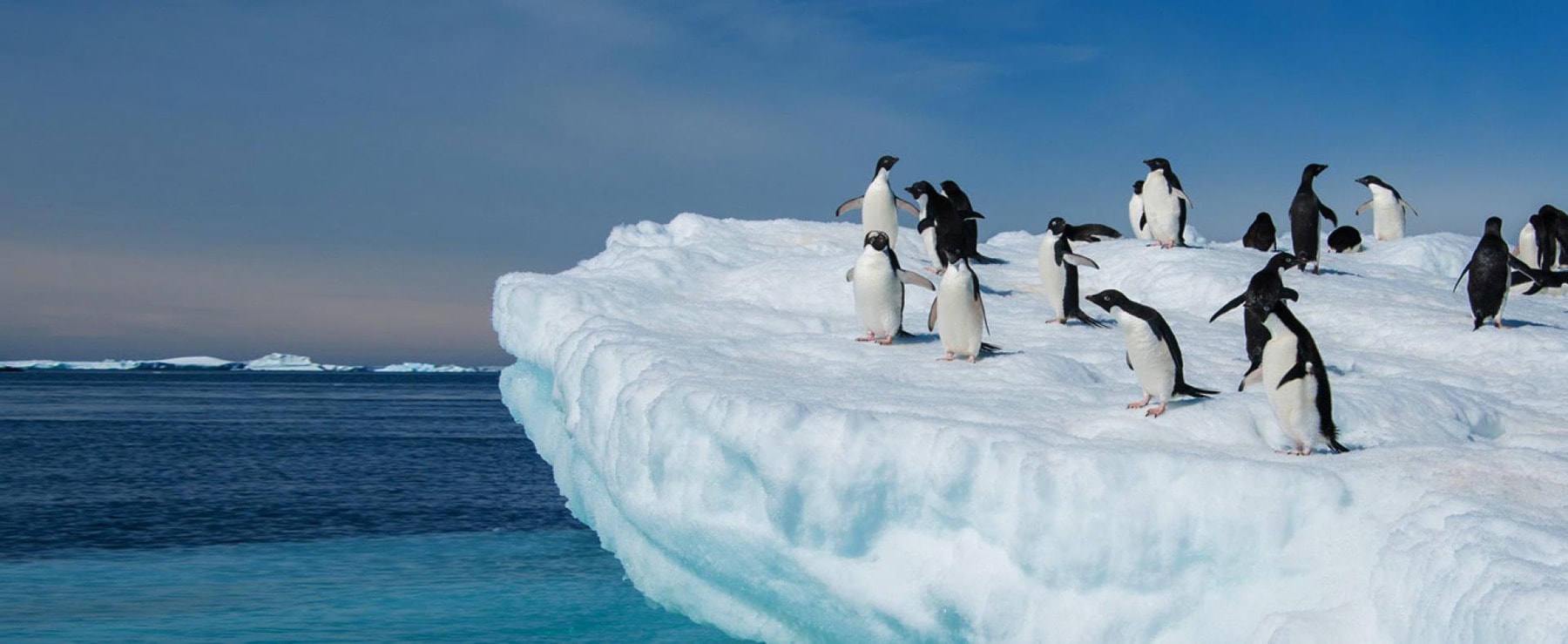
What animals thrive in the cold? Penguins, of course! But not just any penguins—Antarctica is home to the iconic emperor penguins and playful Adélie penguins. You’ll also spot seals like the Weddell seal and the leopard seal, along with millions of krill, the tiny creatures fueling the food chain.
Antarctica Is Politically Neutral
Who owns Antarctica? No one! It’s governed by the Antarctic Treaty, signed by 54 countries. The treaty ensures the continent is used for peaceful purposes and scientific research. It’s one of the few places in the world free from politics and borders.
A Hotspot for Meteorites
Why do scientists love hunting for space rocks here? The icy surface of Antarctica makes meteorites easy to spot. These rocks, some billions of years old, provide priceless clues about the origins of our solar system.
Six Months of Daylight, Six Months of Darkness
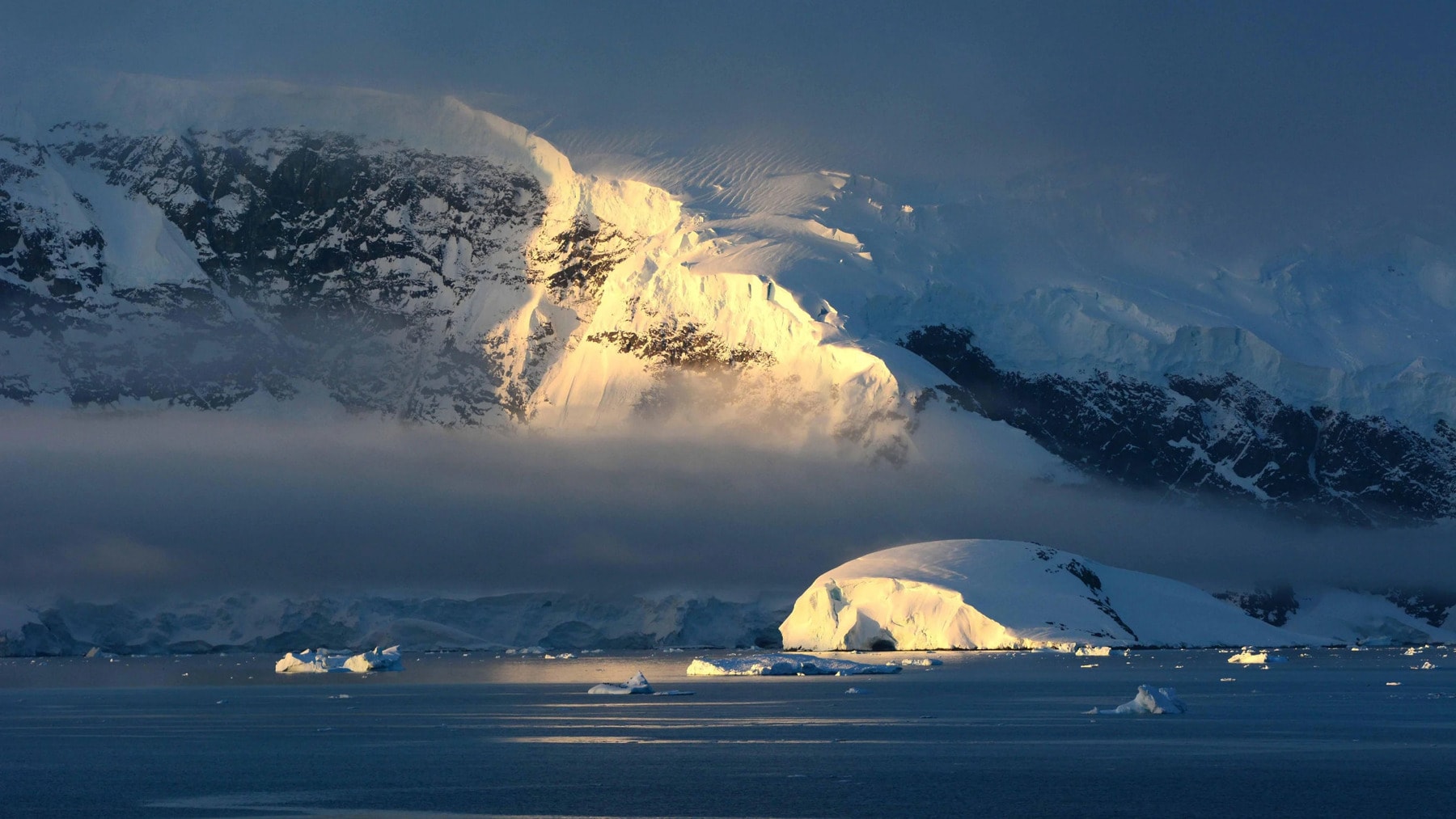
How do you live without night or day? Imagine months of constant sunlight followed by months of total darkness. That’s Antarctica’s reality due to its location at the Earth’s southern pole. It’s like living in a sci-fi movie!
Home to an Active Volcano
A volcano in Antarctica? Really? Yes, Mount Erebus, the southernmost active volcano on Earth, still rumbles with life. It even has a molten lava lake—one of only a few on the planet. Talk about hot and cold in one place!
The Stunning Southern Lights
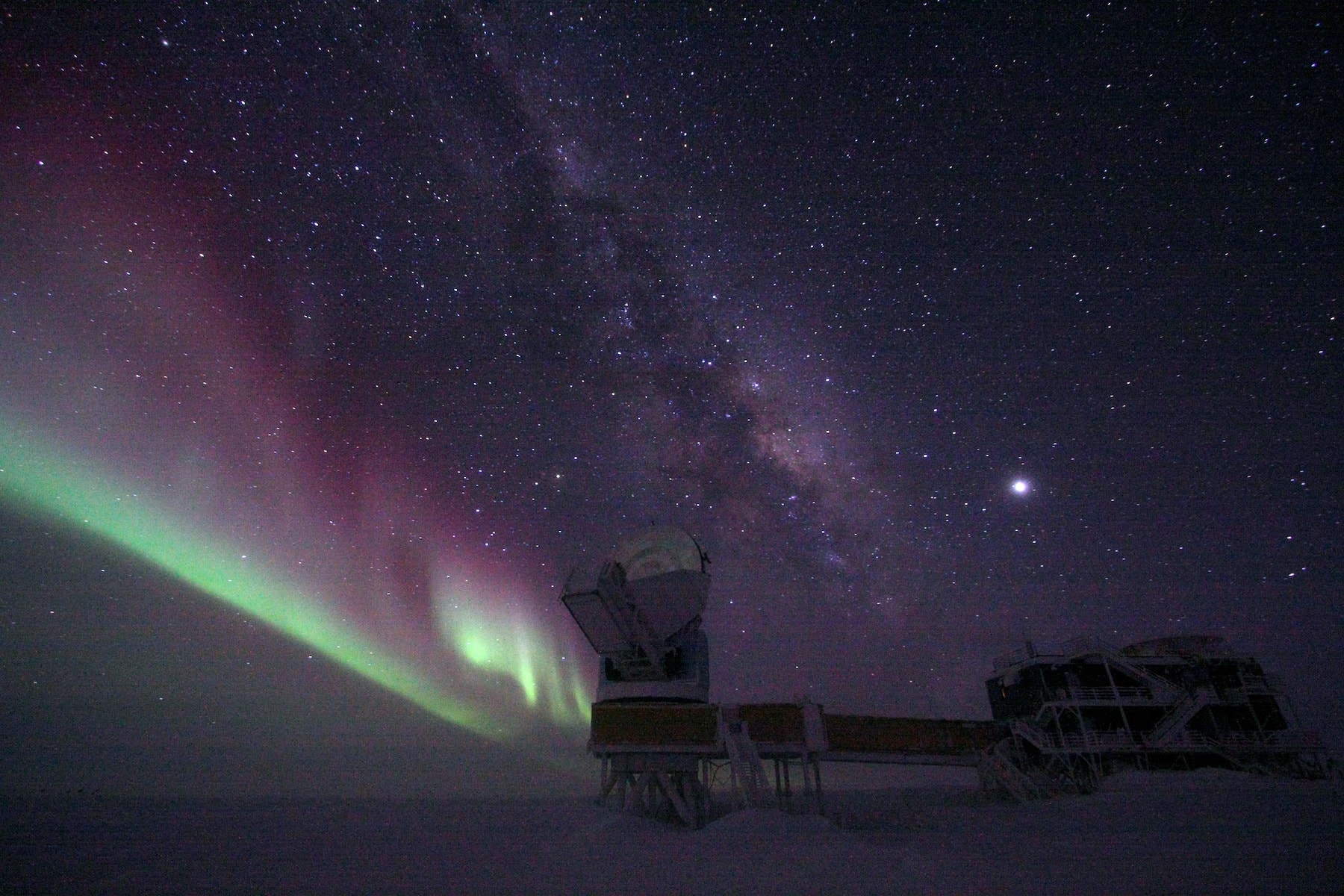
Ever heard of the Aurora Australis? It’s Antarctica’s version of the Northern Lights, and it’s just as magical. Green, pink, and purple lights dance across the dark sky during the long winter months. It’s nature’s best light show.
A Continent That’s Full of Surprises
Antarctica isn’t just ice—it’s a continent of extremes, from its incredible wildlife to its untouched landscapes. At TravelersNetwork, we believe this frozen paradise has stories worth sharing, inspiring every adventurer to explore more of the world’s wonders.
Ready to add Antarctica to your travel dreams? Share your thoughts with us—we’d love to hear from you!
Explore 10 amazing facts about Antarctica, from its icy deserts and unique wildlife to active volcanoes and its role in holding 70% of Earth’s freshwater.

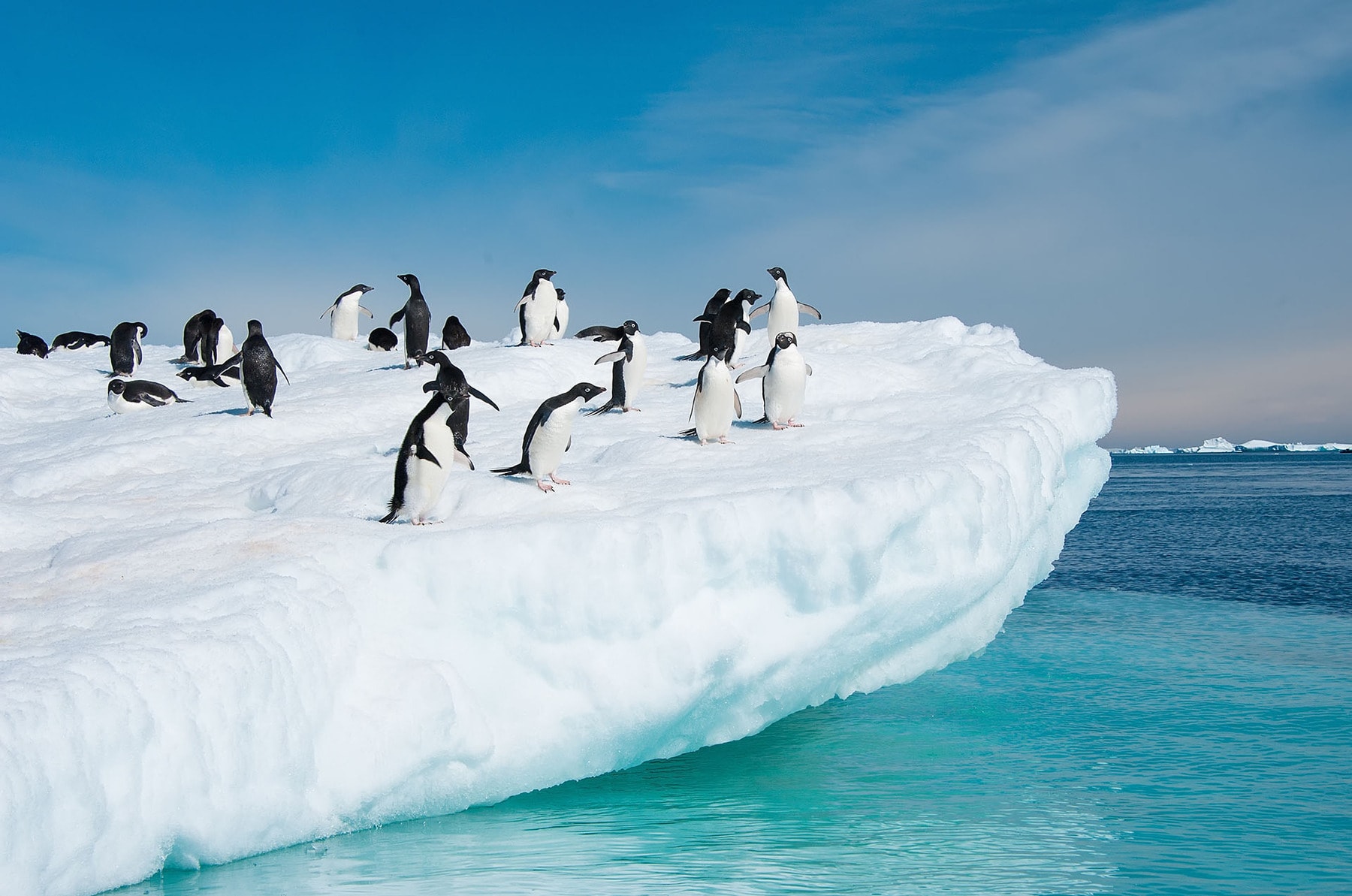

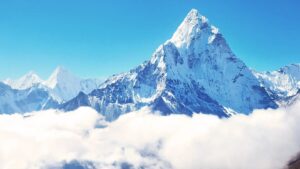


Leave a Reply